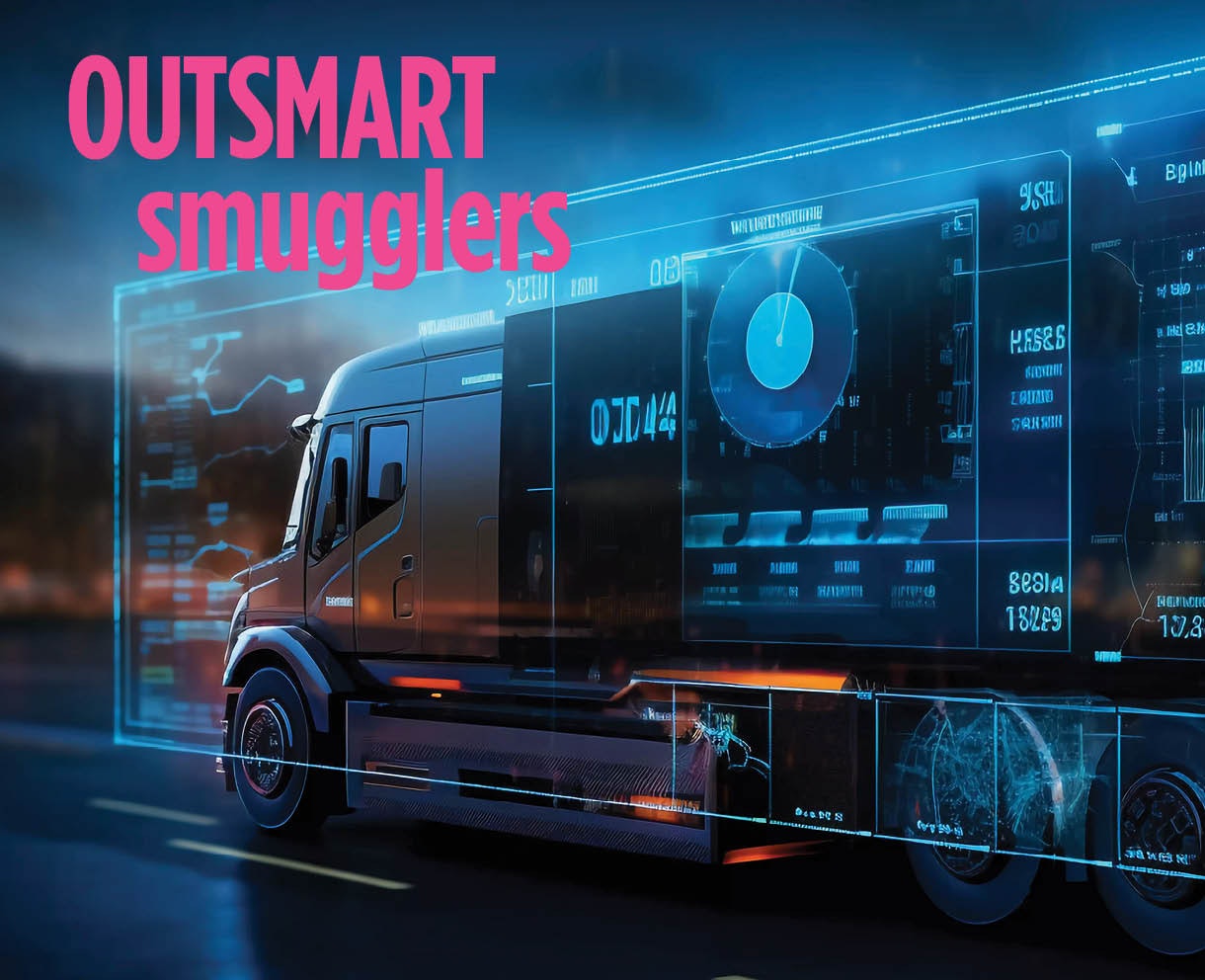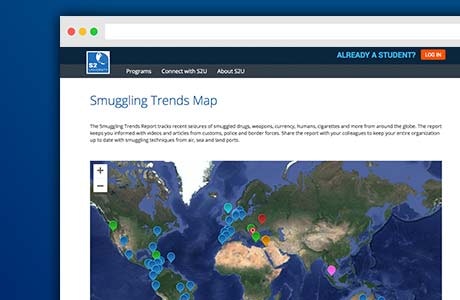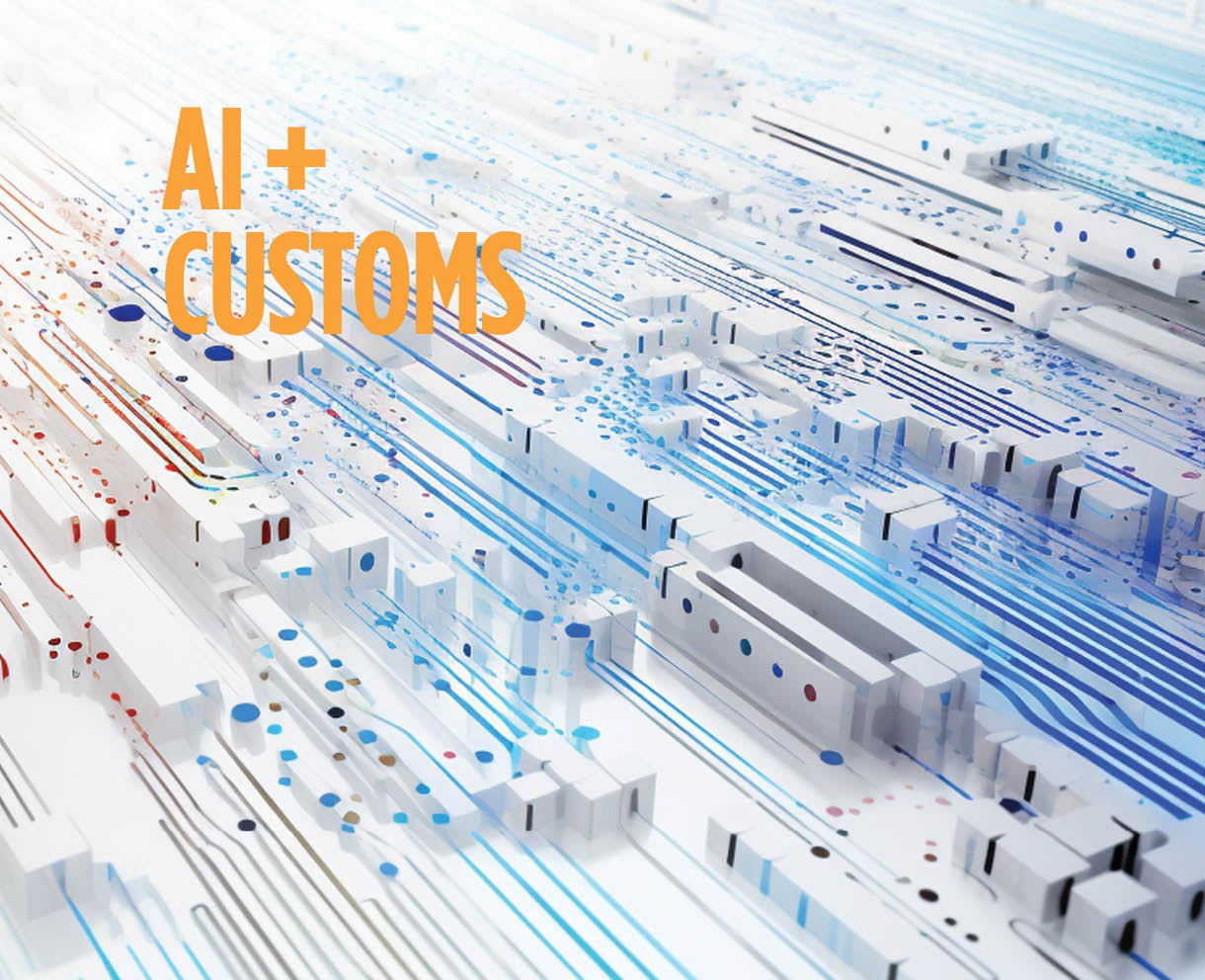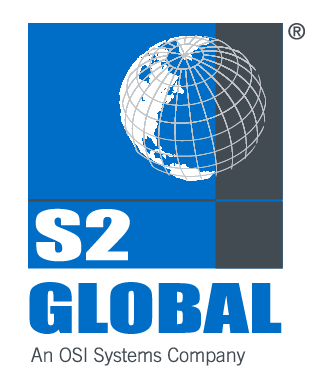Data Drives Algorithms That Deliver Inspection Efficiencies
Data Drives Algorithms That Deliver Inspection Efficiencies

Data drives algorithms to make connections, find relationships, and — perhaps most importantly in the security screening world — evaluate scenarios to drive decision-making. The result is a safe port of entry.
Success rests on deep, solid and varied data.
An initial trained dataset provides the connective tissue that will lead to successfully building AI systems and responses. The data serve as the foundation for a growing information library to enable agile, automated threat assessments.
Trained by data scientists and image analysis experts, algorithms need to “learn by example” to improve true positive accuracy. Collecting high-quality, consistent data is critical. Once the algorithm is trained, real-world data is measured and collected from the field and used as part of a positive feedback loop to provide evaluation and improvement.
When it comes to security screening, trained data provide the building blocks that enable the creation of intelligent systems that can successfully detect contraband or achieve other mission-critical goals, to supplement or as needed override sometimes faulty human judgment. Algorithms that build upon a weak data foundation can lead to subtle vulnerabilities in the screening process ultimately will emerge, failing to accurately read a scenario and at times posing security threats.
For example, a dataset may consist of hundreds or even thousands of X-ray scans portraying a diverse set of threats – firearms, cigarettes, unexpected cargo, possible smuggled goods -- in a wide array of contexts. These are then used to train object detection models.
The CertScan® integration platform can deploy image and data algorithms to aid operators in image interpretation and threat detection. Image algorithms help highlight potential threats and contraband, allowing image analysts to be more efficient.
With a powerful and flexible integration platform such as CertScan, the screening operation and S2 University trained analysts be assured that there is continuous improvement in detection algorithms through ongoing incorporation of real-world images and scenarios.

Outsmarting Smugglers: Contraband detection in the era of AI
AI is transforming smuggling detection by predicting high-risk shipments through analysis of various textual data. The emerging frontier is image-recognition algorithms trained on thousands of X-ray images annotated by experts. As smuggling techniques get more sophisticated, so too must our methods of detection.

S2 University’s Global Smuggling Trends Report
Take a look at the S2U website’s special feature, Global Smuggling Trends Report . This interacti...

AI + Customs to Accelerate Secure Trade
In the world of artificial intelligence, data is the most valuable asset.
